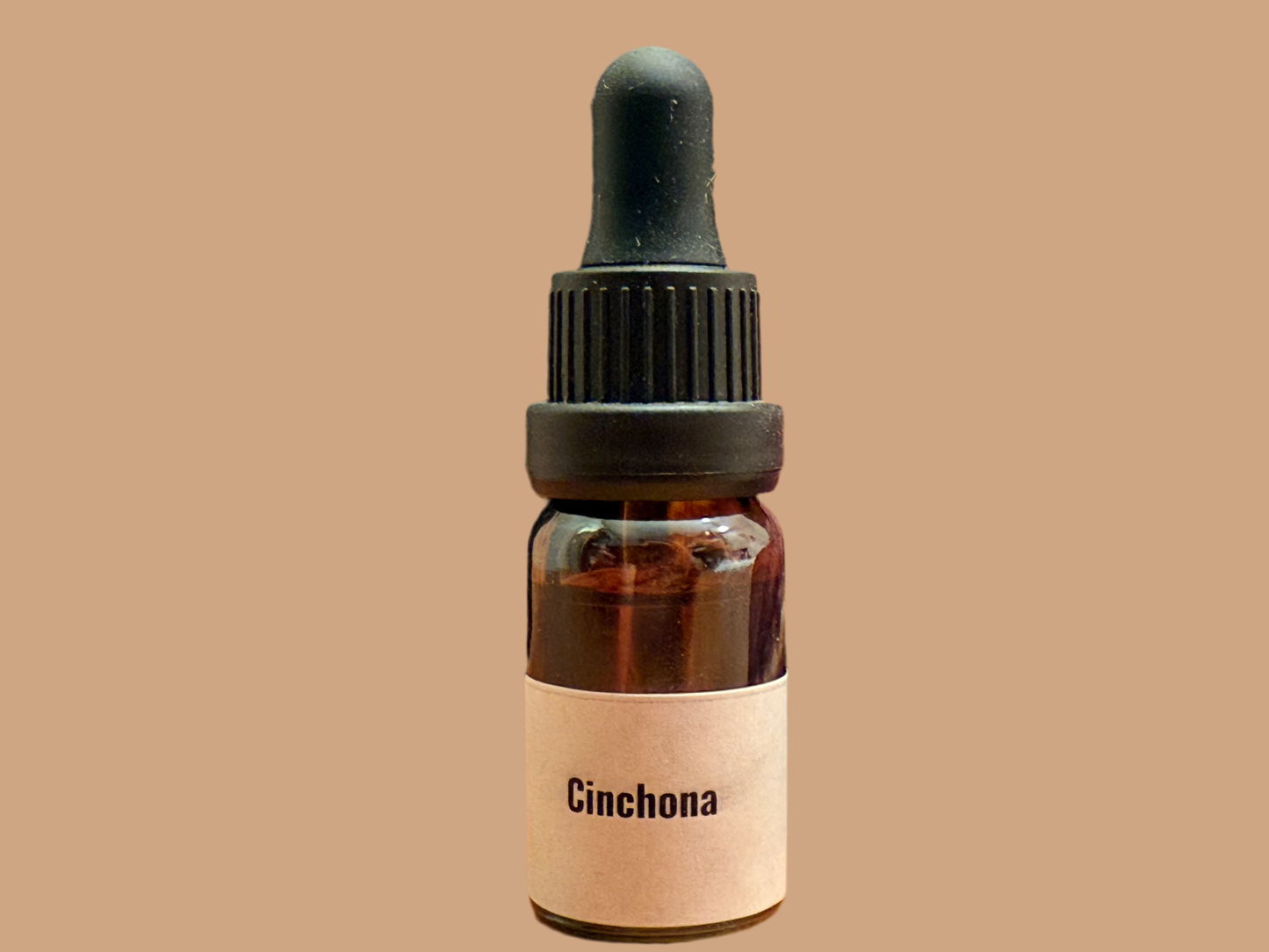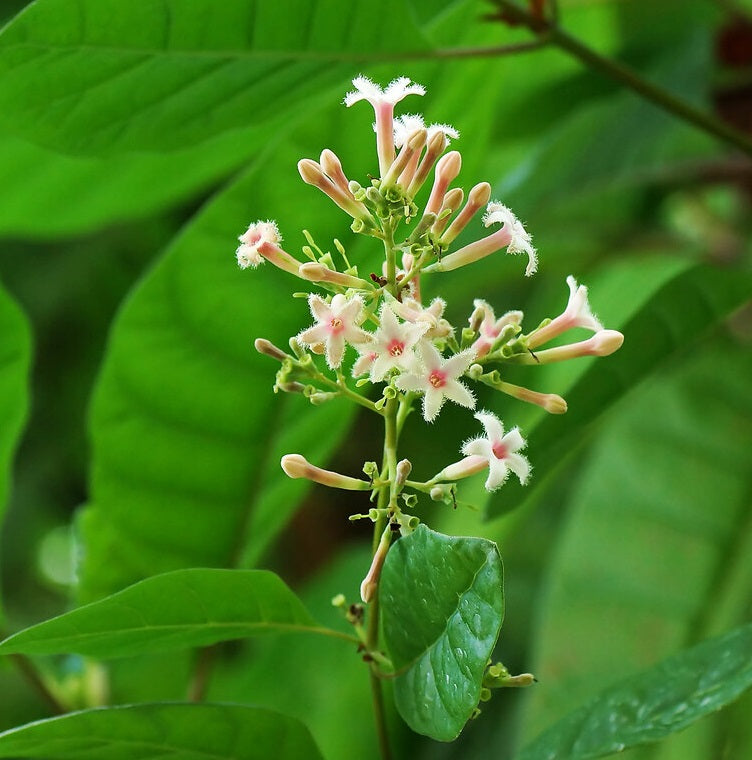Condorcito
Cinchona officialis
Cinchona officialis
Couldn't load pickup availability
**Cinchona officinalis** is a species of flowering plant in the Rubiaceae family, best known for being the source of **quinine**, a compound historically used to treat malaria. Native to the Andean forests of South America, particularly Peru, Ecuador, and Colombia, this tree has played a crucial role in medicine and global history. Here’s an overview of Cinchona officinalis:
---
### **Description of Cinchona officinalis**
1. **Botanical Name**: *Cinchona officinalis*
2. **Common Names**: Quinine tree, Jesuit’s bark, Peruvian bark
3. **Appearance**:
- Evergreen tree that can grow up to 15–20 meters tall.
- Leaves are elliptical, glossy, and dark green.
- Flowers are small, pink or white, and grow in clusters.
- The bark is thick, rough, and contains the medicinal compounds.
---
### **Historical Significance**
- **Discovery**: Indigenous peoples of South America used the bark to treat fevers and shivering.
- **Introduction to Europe**: Spanish Jesuit missionaries brought the bark to Europe in the 17th century, where it became known as "Jesuit’s bark."
- **Malaria Treatment**: Quinine, extracted from the bark, became the primary treatment for malaria for centuries and played a key role in European colonization of tropical regions.
---
### **Chemical Composition**
The bark of Cinchona officinalis contains several alkaloids, the most important being:
1. **Quinine**: The primary compound used to treat malaria.
2. **Quinidine**: Used to treat heart arrhythmias.
3. **Cinchonine and Cinchonidine**: Other alkaloids with medicinal properties.
---
### **Medicinal Uses**
1. **Malaria Treatment**:
- Quinine interferes with the malaria parasite’s ability to digest hemoglobin, effectively killing the parasite.
- Although synthetic antimalarial drugs have largely replaced quinine, it is still used in some cases, particularly for resistant strains of malaria.
2. **Fever Reduction**:
- Traditionally used to reduce fevers and treat other febrile illnesses.
3. **Muscle Cramps**:
- Quinine is sometimes used to treat nocturnal leg cramps, though its use for this purpose is controversial due to potential side effects.
4. **Digestive Issues**:
- The bark has been used to stimulate appetite and aid digestion.
---
### **Modern Applications**
- **Pharmaceuticals**: Quinine and its derivatives are still used in certain medications, particularly for malaria and heart conditions.
- **Beverages**: Quinine is used to flavor tonic water, giving it its characteristic bitter taste.
- **Traditional Medicine**: In some regions, the bark is still used in traditional remedies for fevers and other ailments.
---
### **Conclusion**
Cinchona officinalis is a historically significant plant that revolutionized the treatment of malaria and other febrile illnesses. Its discovery and use of quinine had a profound impact on global health and history. While synthetic drugs have largely replaced quinine for malaria treatment, the plant remains an important symbol of natural medicine.
This product is Botanical demonstration material only and is not ment to be consumed in any form by humans or animals.






